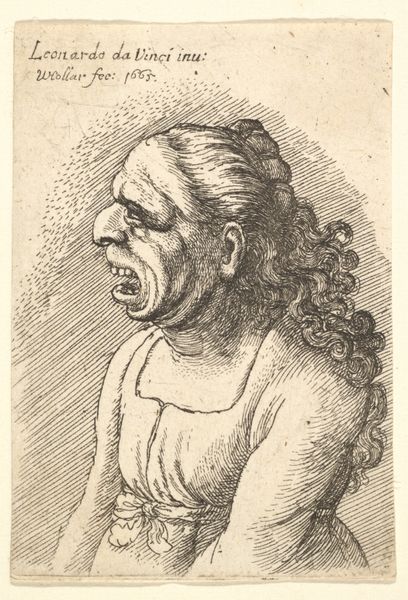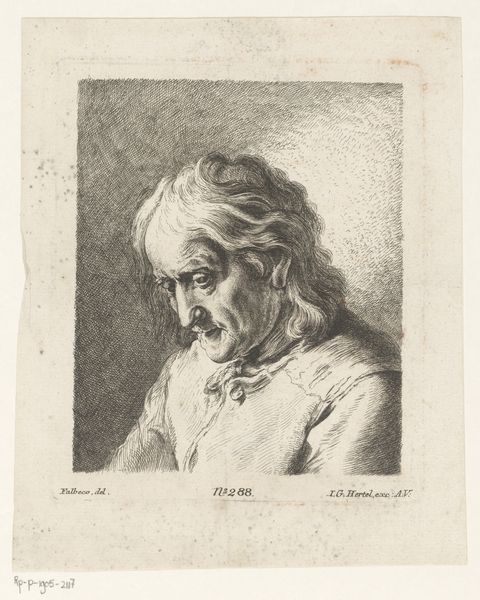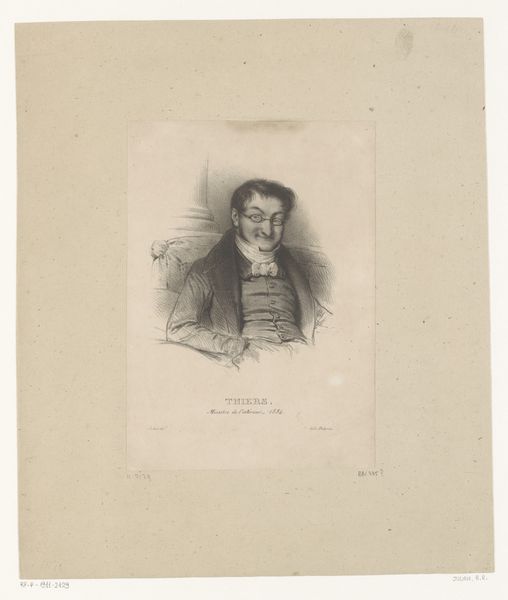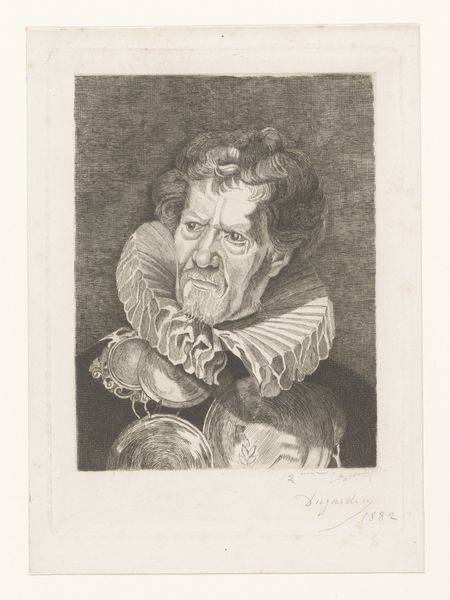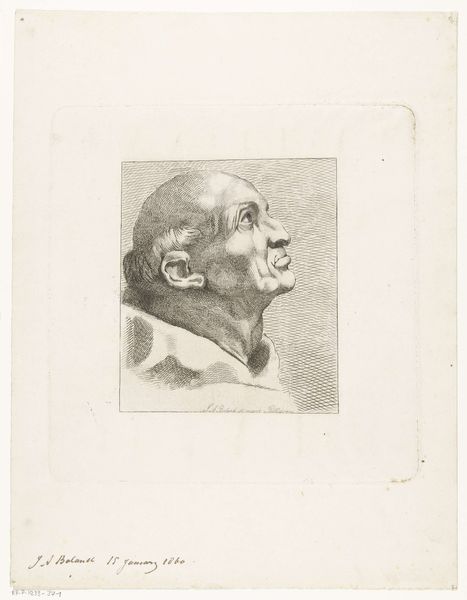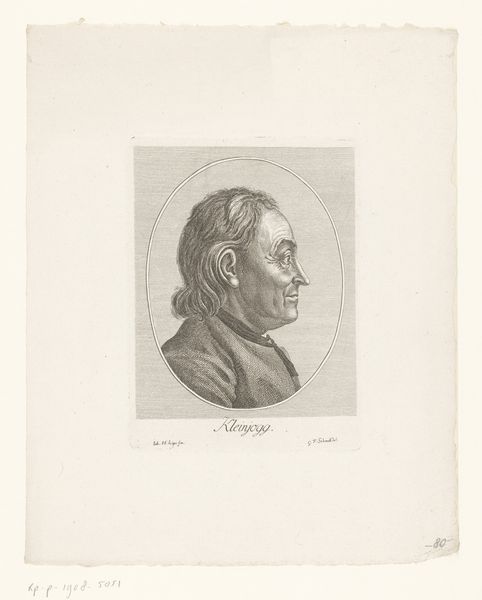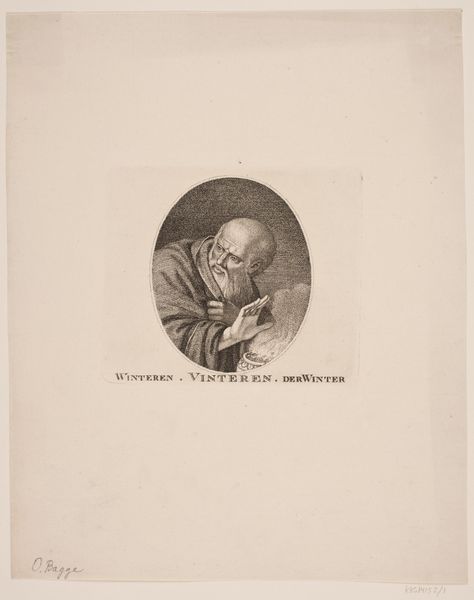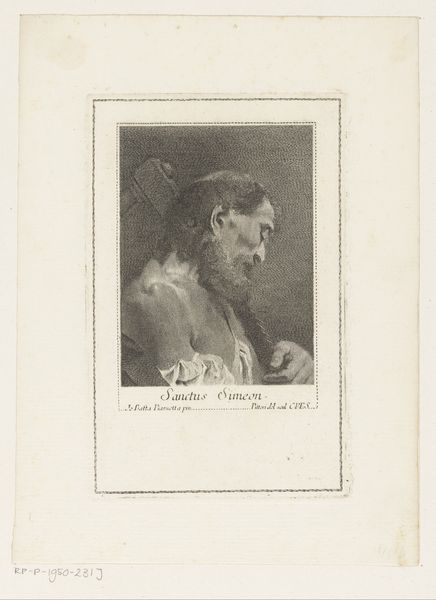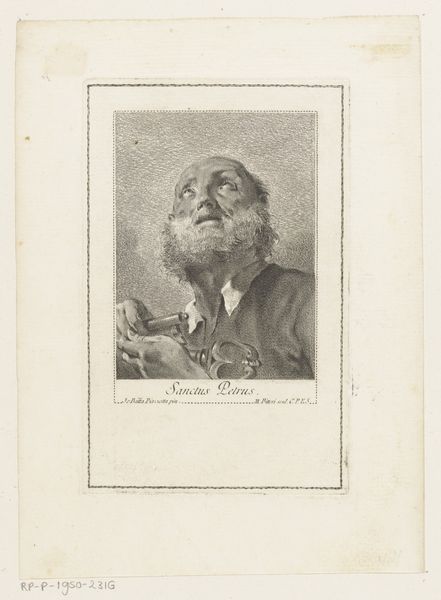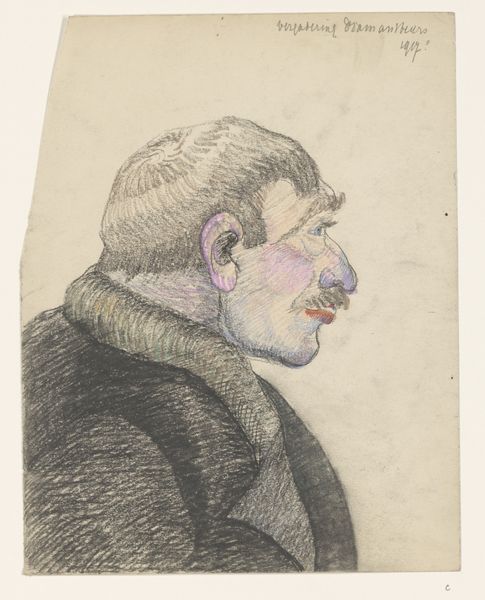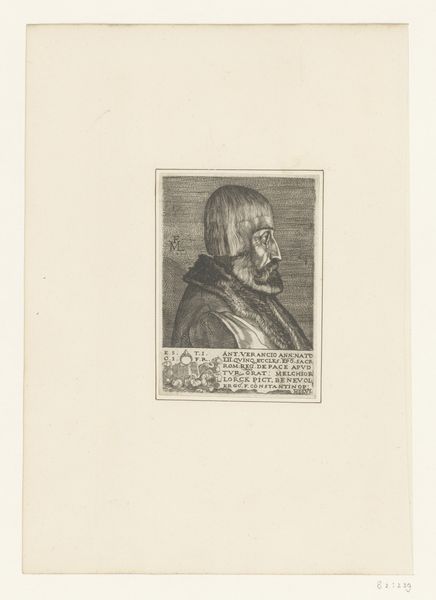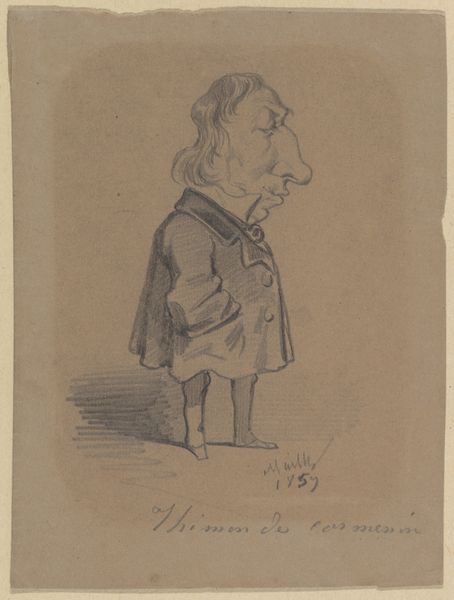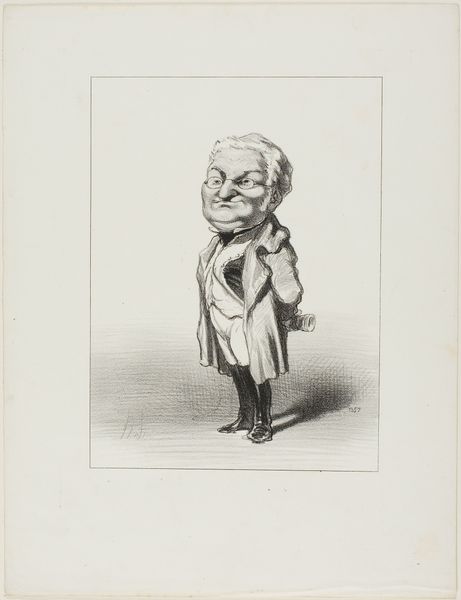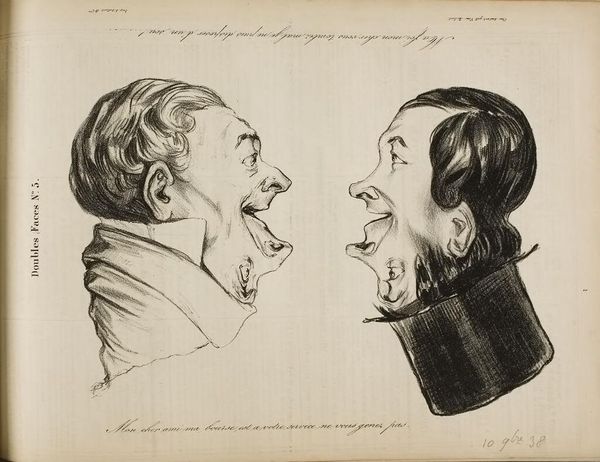
print, engraving
#
neoclacissism
# print
#
caricature
#
engraving
Dimensions: 215 mm (height) x 124 mm (width) (plademaal)
Editor: So this print, "Brægeren," made between 1796 and 1802 by M. W. Schmith, seems to be an engraving and falls under neoclassicism, but it is a caricature of a man with exaggerated features, I find it pretty funny actually. What social commentary might have been intended? Curator: It's fascinating how caricature utilizes Neoclassical techniques for satirical effect. Prints like this circulated widely. Who do you think this ‘Brægeren’ represents, and what message was the artist trying to convey to the public? Editor: Well, I guess, based on his attire, he looks like a man of status? Perhaps this print was accessible to many social classes. Curator: Precisely. Caricatures served as a potent tool for critiquing social figures and behaviors. Consider how this image, reproduced and shared, might shape public opinion and challenge existing power structures. Editor: So it is social commentary accessible to all due to printmaking, acting as a check against the upper classes? Curator: Exactly. Printmaking democratized critique, bringing societal issues into the homes and minds of a broader audience. Think about the impact a single image, reproduced en masse, could have on political discourse and the formation of collective identity. It challenges notions of beauty and authority. Editor: I never really considered caricature as something so actively engaged with political and social discourse. I'm realizing prints had a powerful public role beyond just decoration. Curator: It’s essential to remember that art often plays a crucial role in the negotiation and subversion of social norms. This artwork is no different. Editor: Right, thanks so much! I’ll keep that in mind moving forward.
Comments
No comments
Be the first to comment and join the conversation on the ultimate creative platform.
